Here is something you may have noticed: indie publishing is brimming with clever, time-saving hacks.
Some hacks will help you do your work easier and faster, and some can even help you sell more books. Certain hacks are as simple as learning current publishing trends, some are for developing a strong mindset, and others get a bit more technical…
Learning how to make Amazon KDP keywords work for you – instead of you working for them – is just one self-publishing hack we want to pass on.
If you didn’t know, you need to use special phrases or words called keywords to make your book discoverable on Amazon. While there is research needed to make the most of Amazon keywords, it’s worthwhile. They pack a powerful punch. Strong KDP keywords can lead directly to more book sales. 😲
It isn’t as easy as 1, 2, 3, though. You need to know how to find and use the most appropriate keywords to bring more sales in. To do just that, today we’ll explain:
- What Amazon keywords (KDP) are
- How KDP keywords are used
- A step-by-step guide to using keywords
- Best practices for KDP keywords
What Are Amazon KDP Keywords?
To make the most of KDP keywords, let’s first understand what Amazon KDP is.
As the video explains, KDP stands for Kindle Direct Publishing. This is how authors self-publish and market their books on Amazon.com. Being published through KDP has many benefits, such as enabling authors to run free price promotions on their books.
Within KDP, keywords are used to provide contextual information on the contents of a book. Amazon says that “you need keywords that accurately portray your book’s content and reflect the words customers will use when they search.”
Keep in mind that KDP keywords are crucial to your success on the platform. Keywords have the power to make or break a buying decision. After all, inaccurate keywords may lead readers astray and make them lose interest in your book before they even get the chance to know what it’s about.
Each book listed on KDP is capable of being associated with different keywords. These keywords serve as search terms; when a potential reader goes to find their next book on Amazon, a keyword will lead them in the right direction. As such, keywords should be true to the content of your book. You want them to accurately depict what you wrote.
Take a look at our search for “italian cookbook.” Amazon’s algorithm combed through millions of books’ metadata – including KDP keywords – to deliver us these results:
Benefits of Using Amazon KDP keywords
It’s probably clear by now that keywords are powerful. On top of attracting the right readers to your book, they:
- Make your books visible. Keywords ensure your book can be found in Amazon searches like the one screenshot above.
- Work for you, not with you. The right keywords can mean your job as an indie author just got easier. Well-chosen keywords are often rewarded by Amazon with higher listings in searches.
One of the few downsides of using KDP keywords is simply the time it takes to discover them. Your keywords have to be accurate, discoverable, and intentional. We’ll get more into using (and finding) the right keywords in our next section.
If you’ve already selected keywords and are ready to plug them into your metadata, jump ahead to our step-by-step guide.
How Do I Use Amazon KDP Keywords?
Remember in our paragraph above; we said that strong keywords are three things:
- Accurate
- Discoverable
- Intentional
Using Accurate KDP Keywords
Developing accurate keywords comes down to understanding what your book is about. On the KDP website, Amazon encourages authors to consider their book setting, their types of characters, the roles their characters play, any plot themes their book has, and their story tone when selecting keywords. Having a well-organized and developed plot makes it easier for both you and readers to determine the type of book you have.
Example: If you wrote a spooky story about a haunted mansion, damsels in distress, and blood-sucking vampires then these are all accurate keywords you should plug into your metadata.
Using Discoverable KDP Keywords
If you’re going to take the time to research KDP keywords, make sure they’re discoverable. A good way to check what Amazon users are already searching the website for is to pull up a private web browser on Amazon.com.
Example: If you’ve written a book centered on the theme of coming of age, type that phrase into the Amazon search bar and see what pops up underneath. The keywords that populate are commonly searched for, and are worth using in your metadata if they’re accurate for your book!
If you’re still brainstorming keyword ideas, you can also use Google’s search functionality to see what internet users are commonly browsing for:
Using Intentional KDP Keywords
Finally, strong KDP keywords are intentional. They should be well-researched and proven to fit with the type of book you’ve written. It might be tempting to toss in whatever keywords first come to mind to describe your book. But the more thought you put into your keywords, the greater chance of success.
Brainstorming is a great way to find intentional keywords. Much like you’ve brainstormed when deciding what to write about, now it’s time to brainstorm what keywords fit with your writing!
Example: Consider if there are popular tropes of your genre. What do other authors have to say about their books with similar themes? Read interviews of authors in the same genre and look at any common keywords that pop up to describe books like yours.
Using Keyword Research Tools
Ah, technology. It really makes our lives easier, doesn’t it? If you want to let someone (or something) else discover keywords for you, there are numerous tools at your disposal:
Let’s use Keywordtool.io as an example of what to expect from these services. When you go to their website, you’ll be taken to a search bar that enables you to find keywords across Google, Youtube, Amazon, Instagram, and more popular sites.
In this use case, make sure Amazon is selected. Then type in a keyword that you’re researching. You can also select the correct department for your keyword research as highlighted below:
As you can see, this particular keyword tool reveals:
- Search volume – how many people are looking the keyword up on a monthly basis.
- Trend – how the search volume has changed over a 12-month period.
- CPC – this is the cost-per-click of the keyword on Google Ads. This is relevant to Amazon because it shows what people are paying for the keyword on Google. Typically, high CPCs mean keywords are more competitive (AKA lots of people are paying to try to claim that keyword on Google.)
The magic combination is finding keywords with high search volume and lower CPC. This is easier said than done, though. One recommendation here is to utilize niche keywords. If you’re targeting a high-volume keyword like “science fiction,” try pairing that with more specific keywords. If all of your keywords are high-volume and generalized, you’re likely to get lost in the noise of Amazon search results.
Additional tools for finding KDP keywords
Another trick of the self-publishing trade is to look at the first, second, and third books that appear in an Amazon search for keywords you want to use. Tools like TCK Publishing’s Amazon Book Sales Calculator will estimate the sales for these books. With that in mind, you can determine whether or not a book’s associated keywords are profitable.
Psst… Last thing! We suggest storing your keywords in a spreadsheet while you’re researching and selecting them. Google Sheets or Excel will do the trick. There’s nothing worse than settling on a great list of keywords and forgetting them!
How to Use KDP Keywords: Step-by-Step Guide
So you’ve researched and selected your keywords; now it’s time to plug them into your metadata through the KDP website. You should look into using your keywords in four locations. Your title, subtitle, description, and Amazon keyword boxes.
While Amazon does not officially state that it takes into account keywords in a book’s title, subtitle and description; we think it’s likely that these play some role. So, if you are able, including your keywords in any of these locations could potentially benefit your book. Of course putting a keyword in your book’s title or subtitle can be difficult, especially for fiction authors, but most authors should be able to work a few keywords into their book descriptions without too much hassle.
So, what about the Amazon keyword boxes we mentioned above? Here is the step by step process to enter your keywords.
To add keywords to your book’s metadata, first, log into the KDP website.
Once you’re logged in, you’ll be able to see all the books stored under your KDP account – whether they’re published or unpublished.
Click “Edit eBook details” from the ellipses next to whichever Kindle book you wish to add keywords to. The same will be true for paperback or hardcover books you have listed on KDP that need to be updated.
Once you reach the details of your book, scroll down to a section that’s titled “Keywords.” Here you will see seven slots here for your keywords. We suggest using all of them!
Make sure that you click “Save and continue” at the bottom of your screen to finish adding – or adjusting – your keywords. Continue to the final screen to publish your new keywords.
Note: a previous version of this post suggested separating multiple keywords in a single box with semicolons. However, we’ve since been advised that Amazon recommends using a single keyword in each of the seven boxes. Thank you to Dave at Kindlepreneur for his clarification.
How to test KDP Keyword performance
So you’ve entered your keywords, but now what? How do you know if you book is showing up for the searches you want it to?
- First, open up an incognito or private browser window, and then go to Amazon.com.
- Next, enter one of your keywords in quotation marks in the amazon search bar, and hit search.
- Review the results. Do you see your book anywhere in the results? If you’ve entered your keywords correctly, you should.
Author Harper Daniels provides this example of how this process can work from the keyword box to search results:
“If we write a book about how to use KDP keywords we can enter into the first box – KDP keyword search process; how to choose keywords.
Once the book is published, we can enter into the Amazon Book search “KDP keyword search process” using quotation marks to ensure the book appears for that keyword phrase.”
If your book isn’t initially ranking in search results, don’t sweat it. As it can take some time for Amazon to pick up on what you’ve entered. However, if things don’t improve this could be a sign that in the next few months you should play around with different keywords. Continue to research and refine for your best results.
KDP Keywords: Best Practices
Amazon’s KDP Publishing page is a helpful resource for authors to reference while selecting their keywords. Outside of Amazon’s direct tips for KDP keyword best practices, here are a few additional do’s and don’ts to follow:
What to do
- Consider using “long-tail keywords.” These include multiple, relevant phrases (example: seaside cozy mystery) in a keyword. But make sure to have some more general keywords in the mix as well.
- Monitor the chart performance for each of your books to see if your keywords are successful. With that in mind, book promotions that lead to sales spikes (like Freebooksy! 👋) are going to take away from organic keyword performance by nature.
What not to do
- While long-tail keywords can lead to success, you don’t want to overdo it. Examples of this include adding too many phrases into a keyword. While the phrase seaside cozy mystery makes sense, something like seaside cozy mystery clean romance funny clearly includes multiple ideas that are not natural fits.
- Keywords alluding to quality (“best book ever”) or special deals (“free NOW”) need to be avoided.
- Amazon’s KDP webpage gives information on exact keywords to avoid.
All in all, selecting keywords takes upfront work – and continued monitoring. It’ll all be worth it, though, once you see your book rising in Amazon ranks and attracting new readers. A good keyword is like a salesperson, working ‘round the clock to sell your book!
If you’re ready for additional tricks of the indie publishing trade, there’s more where that came from. Sign up for the WWM newsletter for self-publishing best practices and research.
A special thanks to Harper Daniels for their insight and contributions to this post.

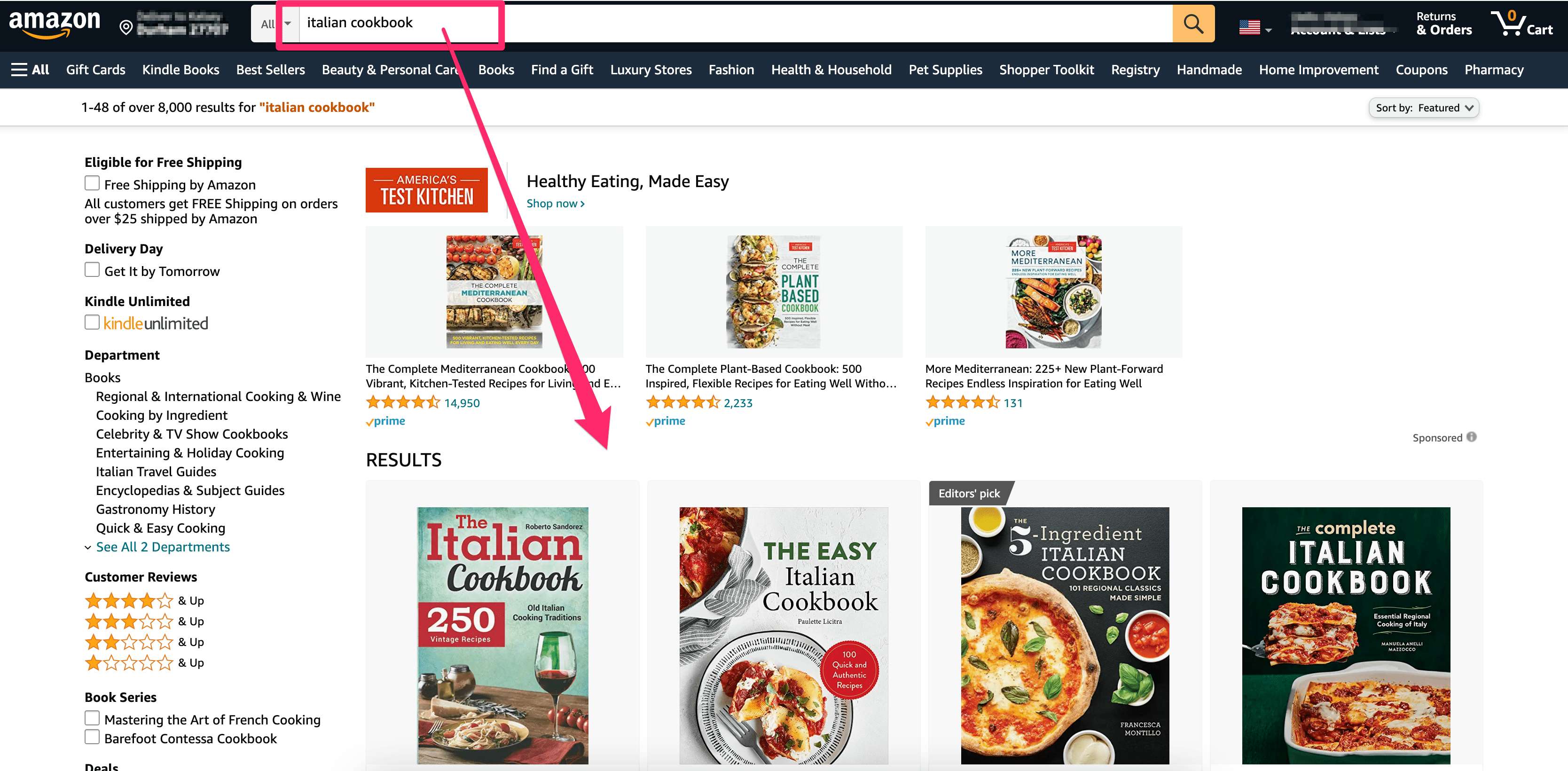
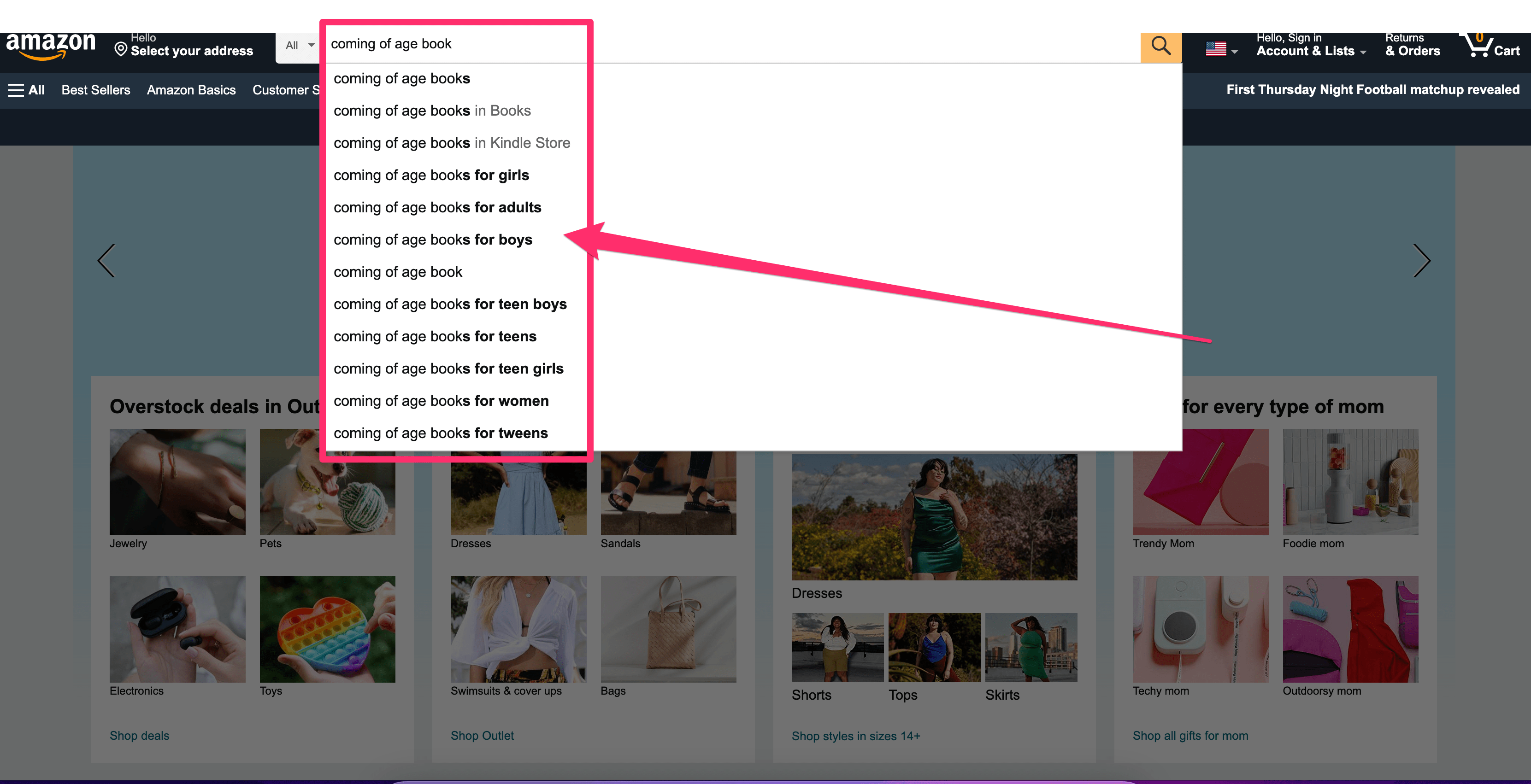
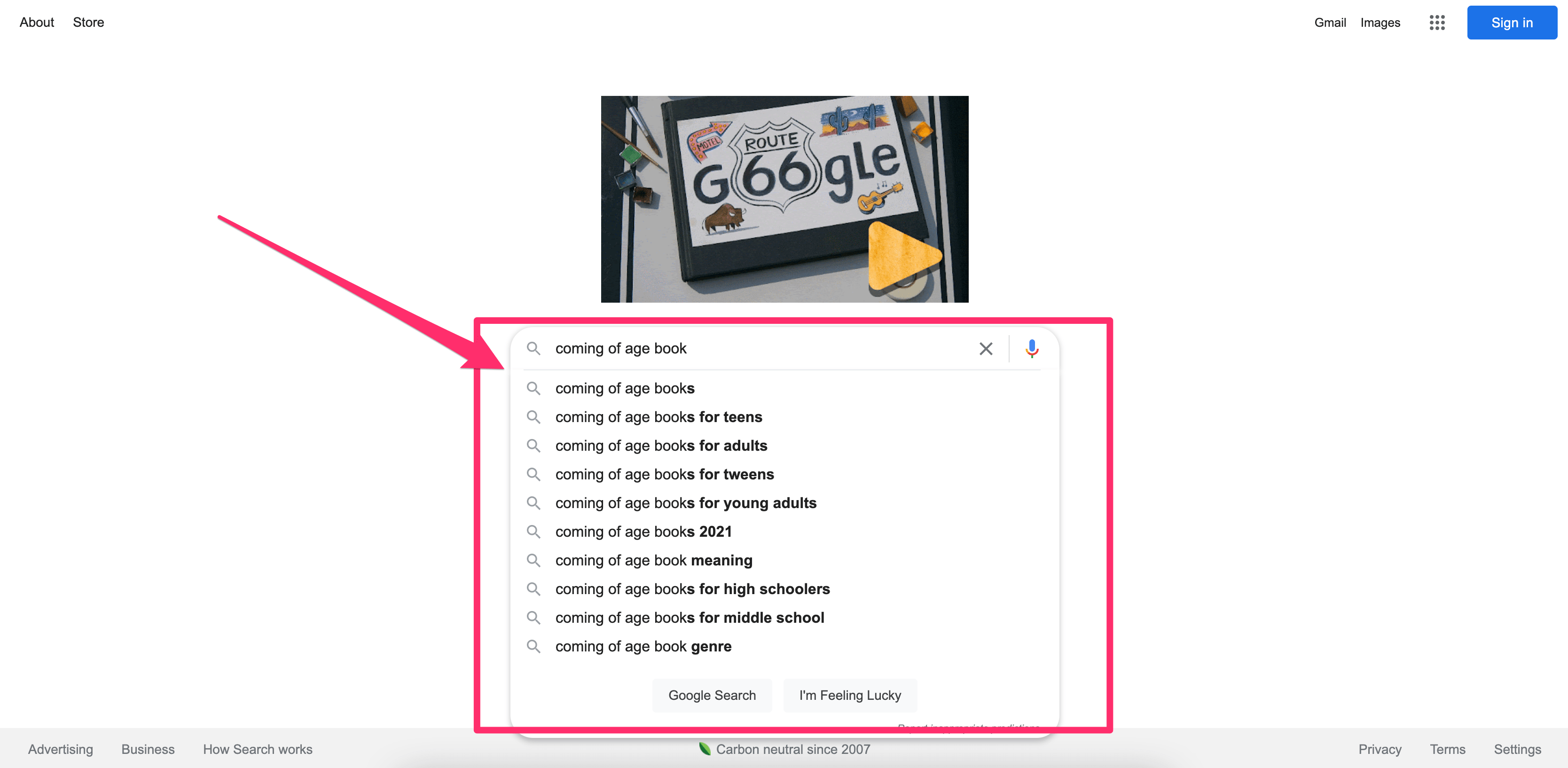
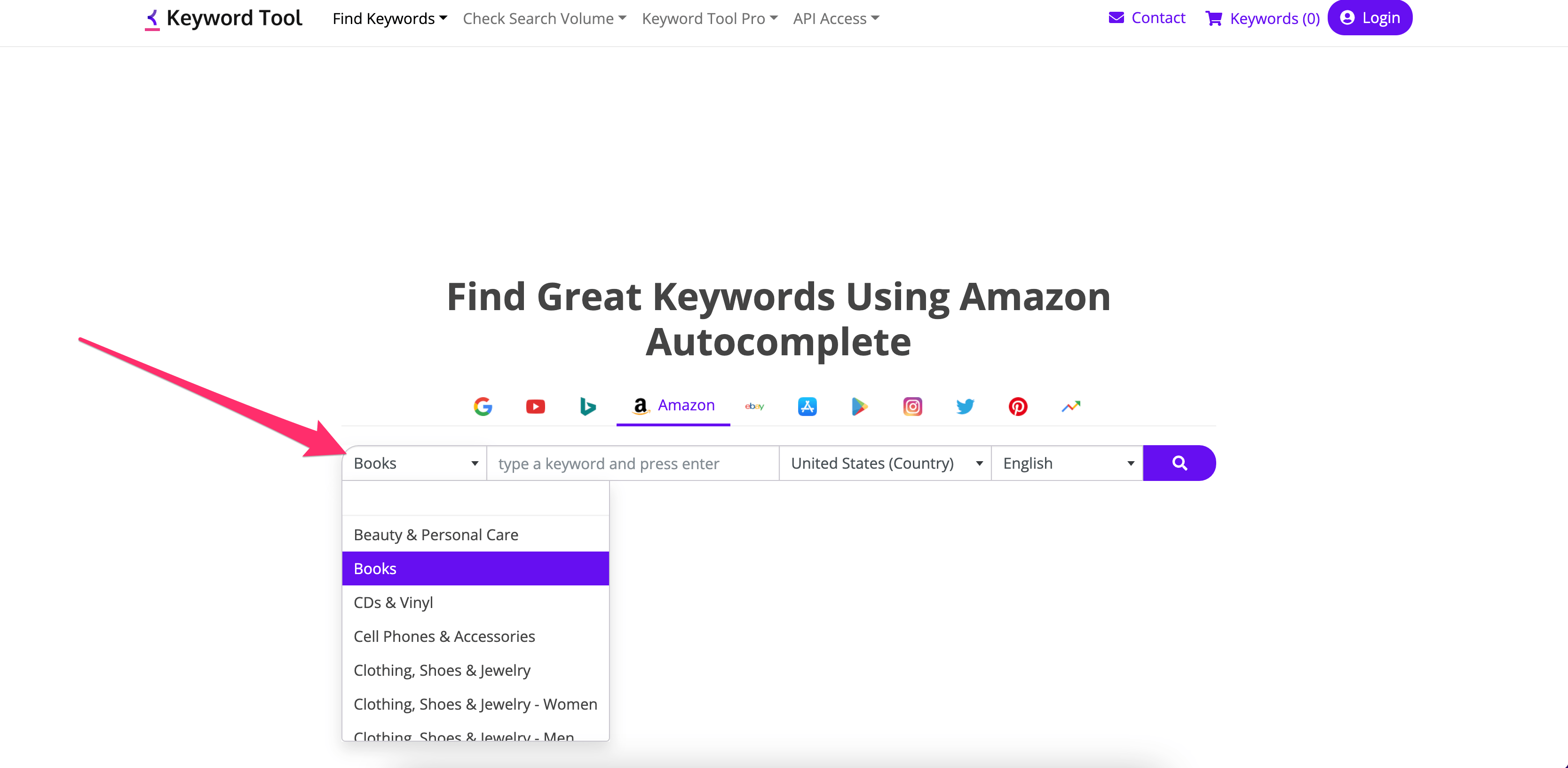
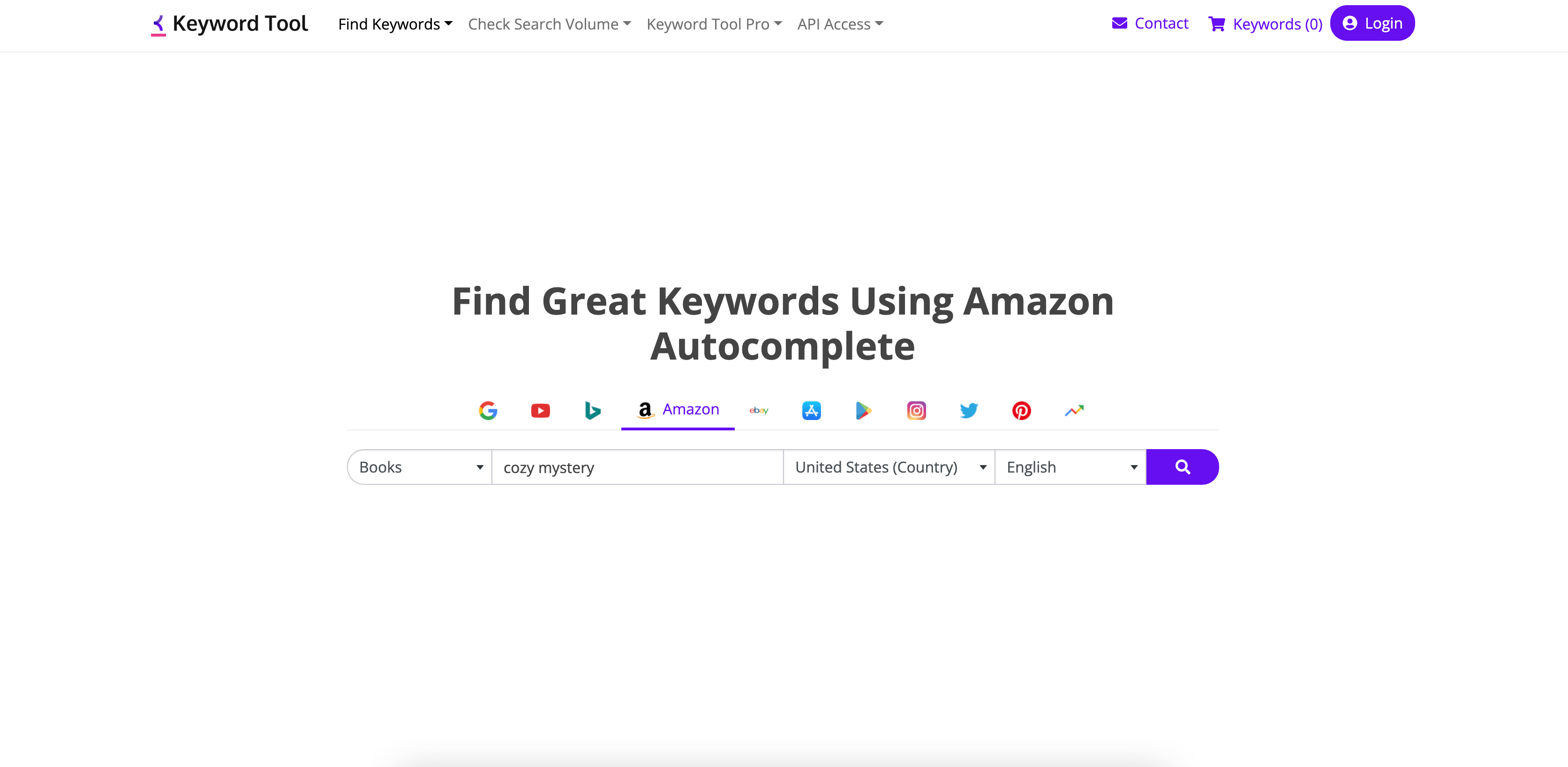
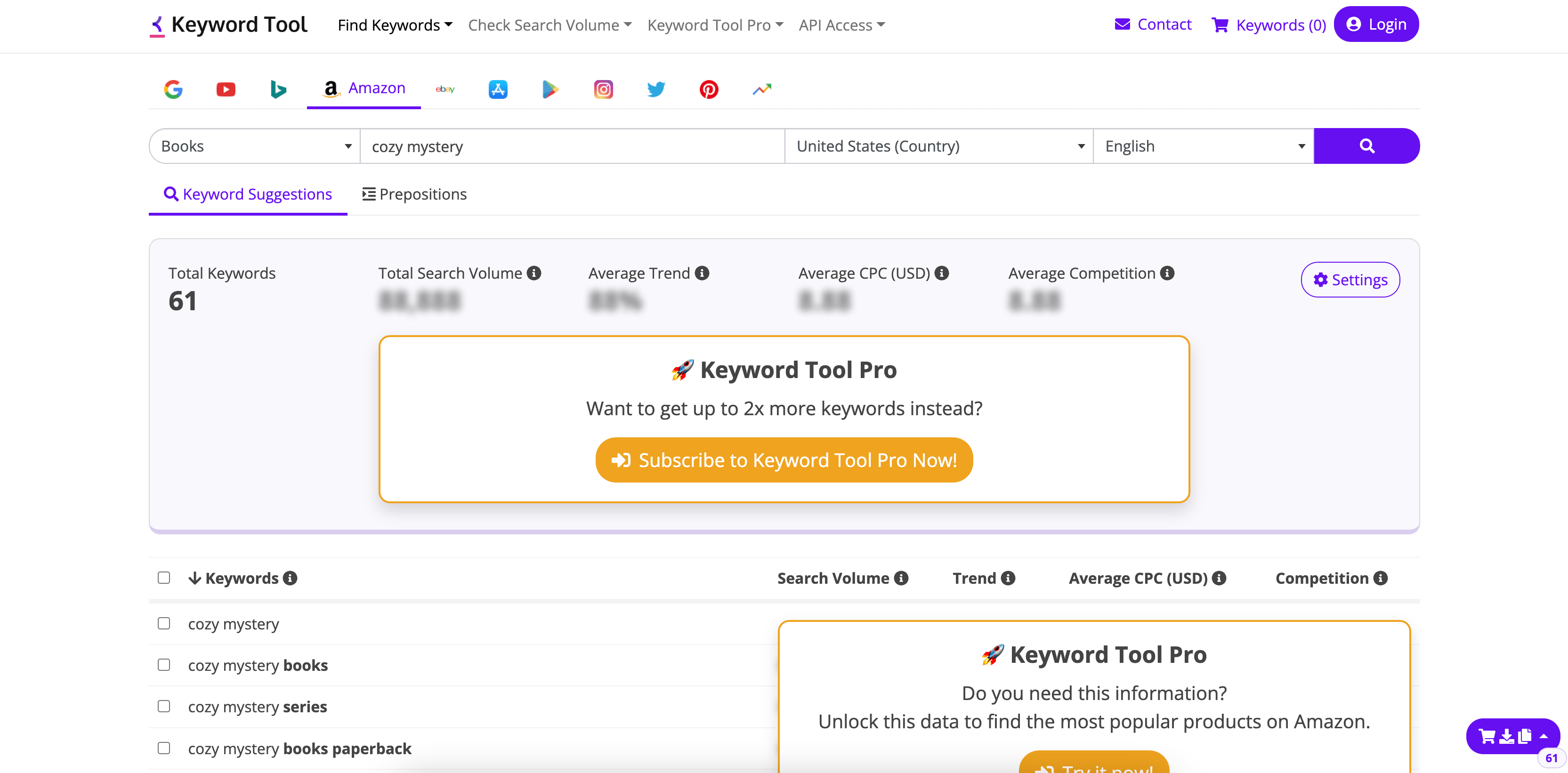
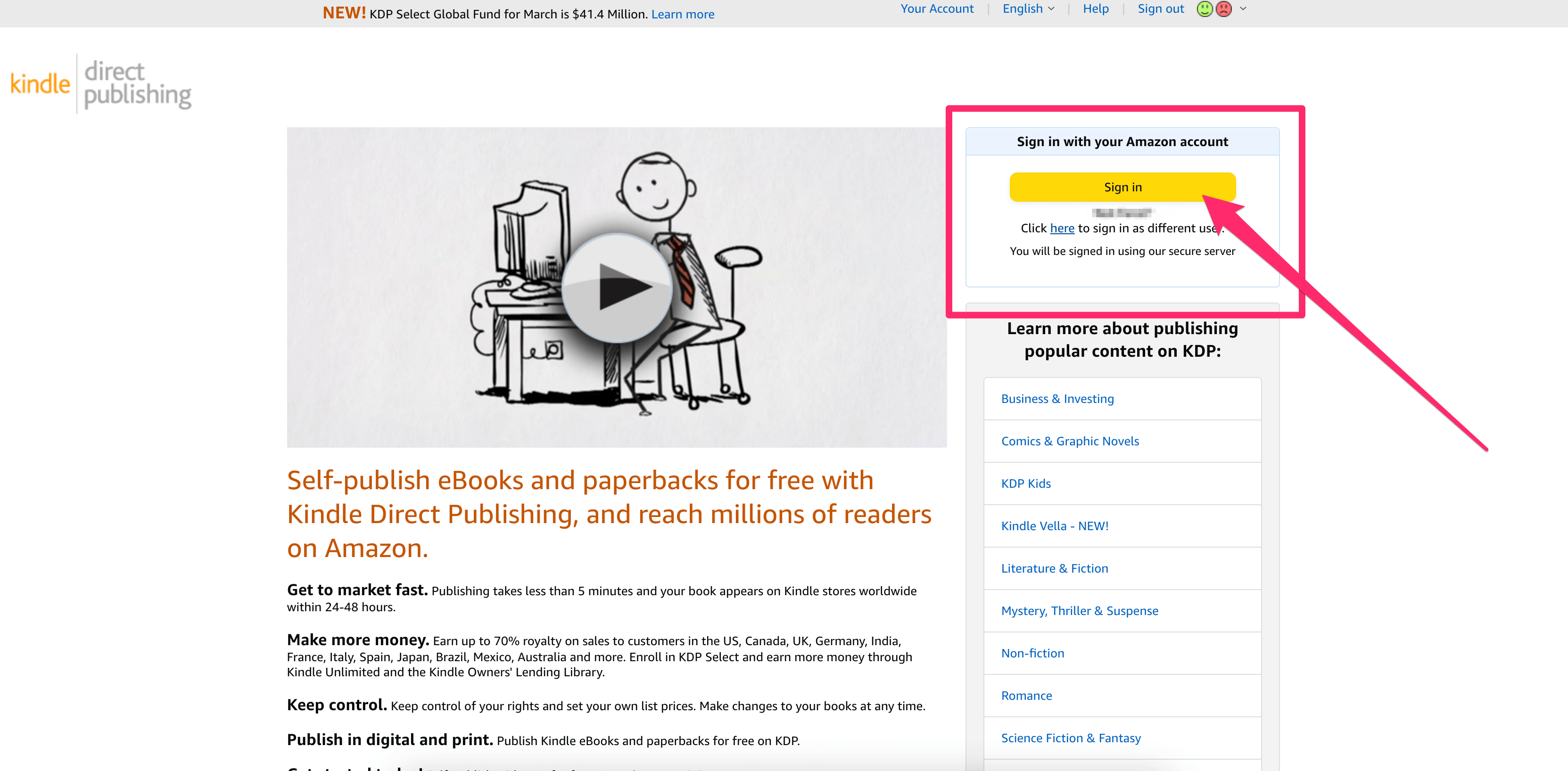
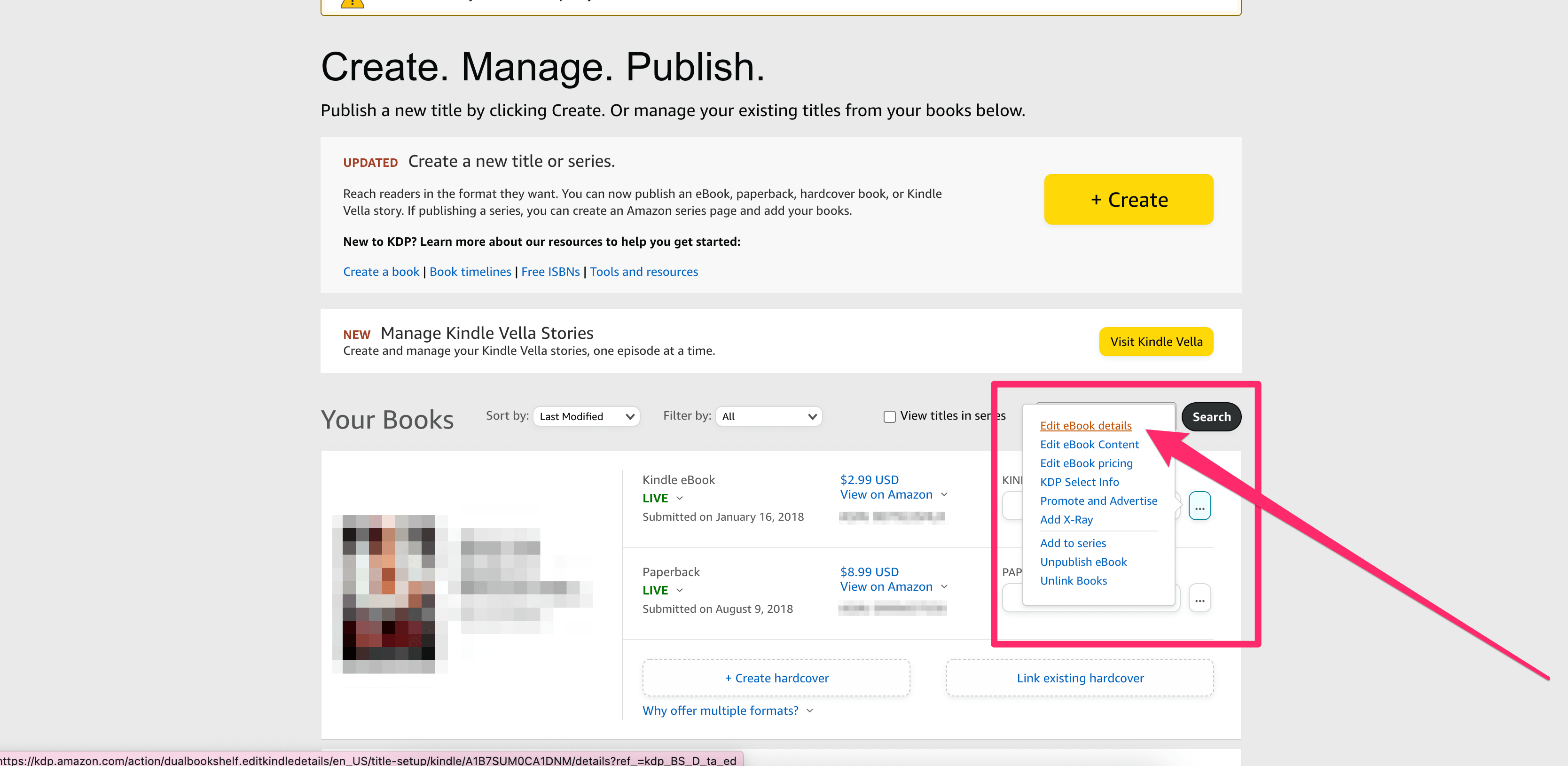
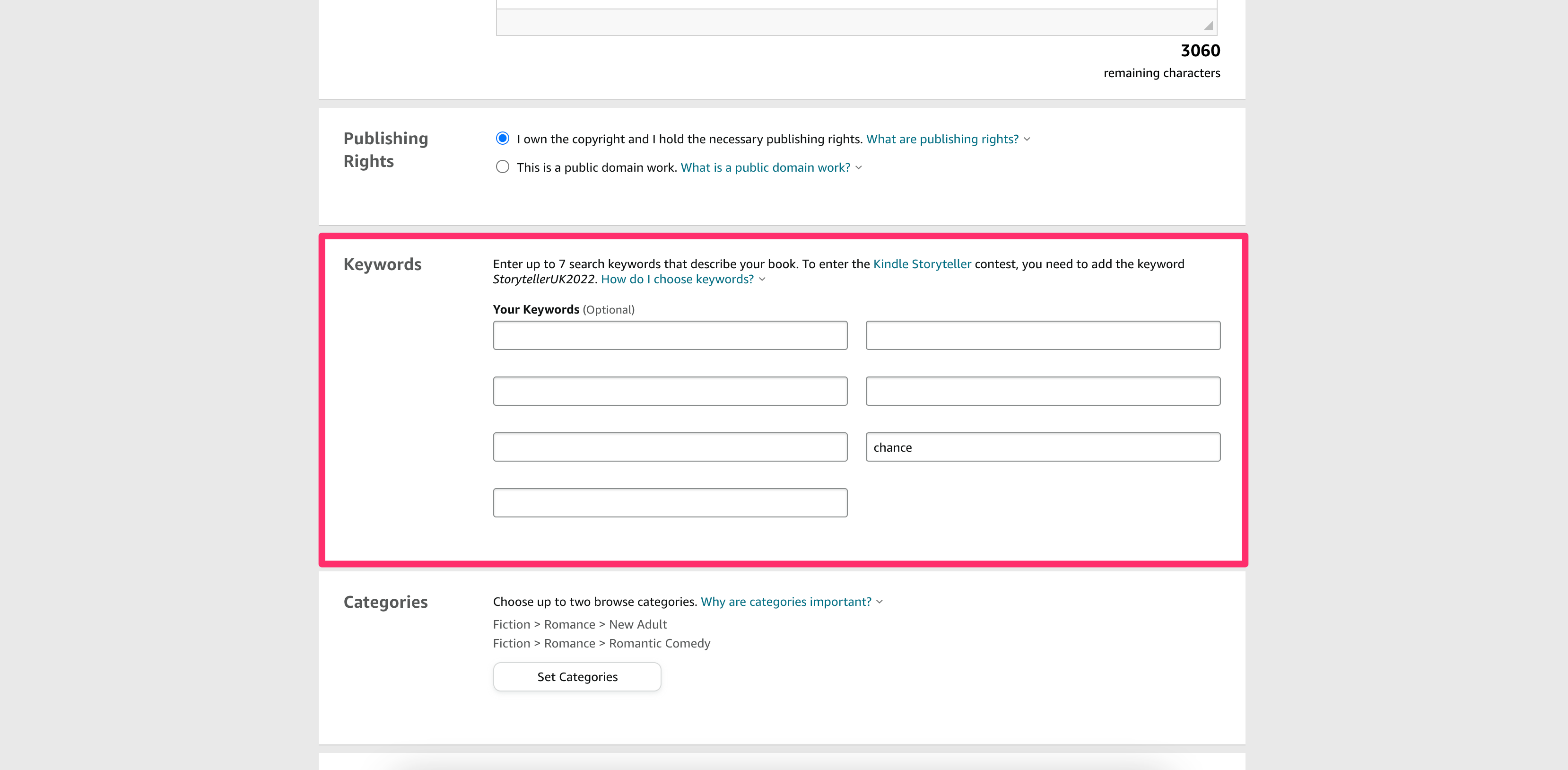
Super useful thanks!
thank you!
Very Insightful.
Thanks!
Thank you for the helpful information. I noticed that you used quotation marks around “How to Make Amazon KDP Keywords Work For You” … I am wondering if someone has found a really good keyword phrase form their research, would it be a good idea to put that keyword phrase in the KDP Slot with quotation marks around it? Thank you
Great post. Thanks!